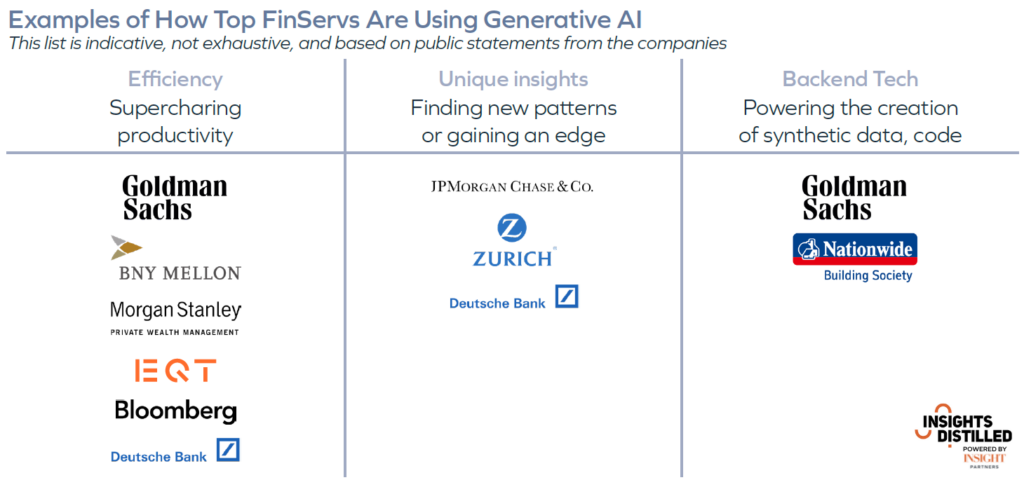Recent events have proven that social media should be integrated into banks’ risk-management programs, and that firms should deploy dedicated tools and proactive communication.
Silicon Valley Bank’s collapse – as well as subsequent failures and recent hearings – taught the industry an important lesson: The havoc that negative social media chatter can wreak on banks shouldn’t be taken lightly.
Tweets questioning SVB’s financial health “prompted nervous customers to pull $1 million per second from their accounts,” according to Reuters, which reports that banking execs have spent the past several months looking for ways to amp up their emergency response and risk capabilities around social media.
Here are three concrete steps banks should take to shore up their social media strategies:
Dedicate resources to tools and the staff managing them: “There are so many social media monitoring tools today, but the use of those tools is often delegated to threadbare marketing teams or third-party vendors,” according to Jim Perry, senior strategist at Market Insights. Banks need to both fund tools and “dedicate more human resources to social media monitoring,” he added.
Be proactive in resolving customer concerns and quashing misinformation: Banks should identify and communicate with their “influential community members” and proactively counter any misinformation, according to Consumer Bankers Association CEO Lindsey Johnson. Contact people directly who complain on social media and address their issues quickly.
Educate customers through transparency: In addition to tackling communication from key people, spread facts and resources to all depositor bases via email, Twitter, and LinkedIn, Johnson added.
You can read Reuters’ full report here.

